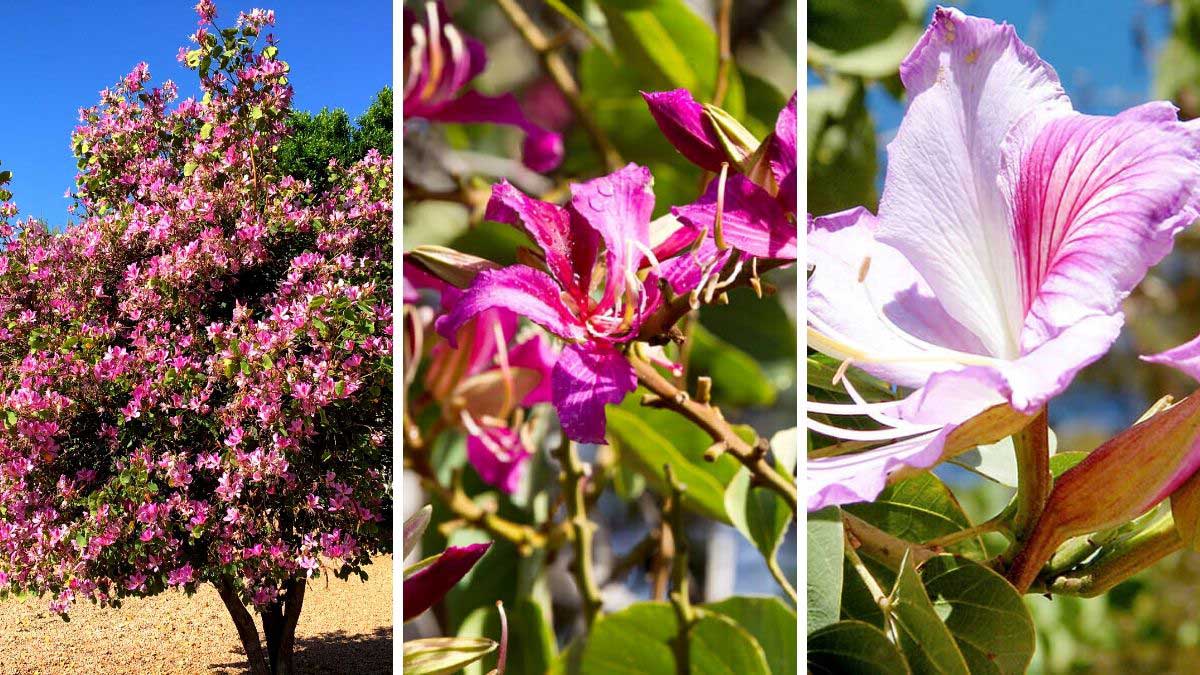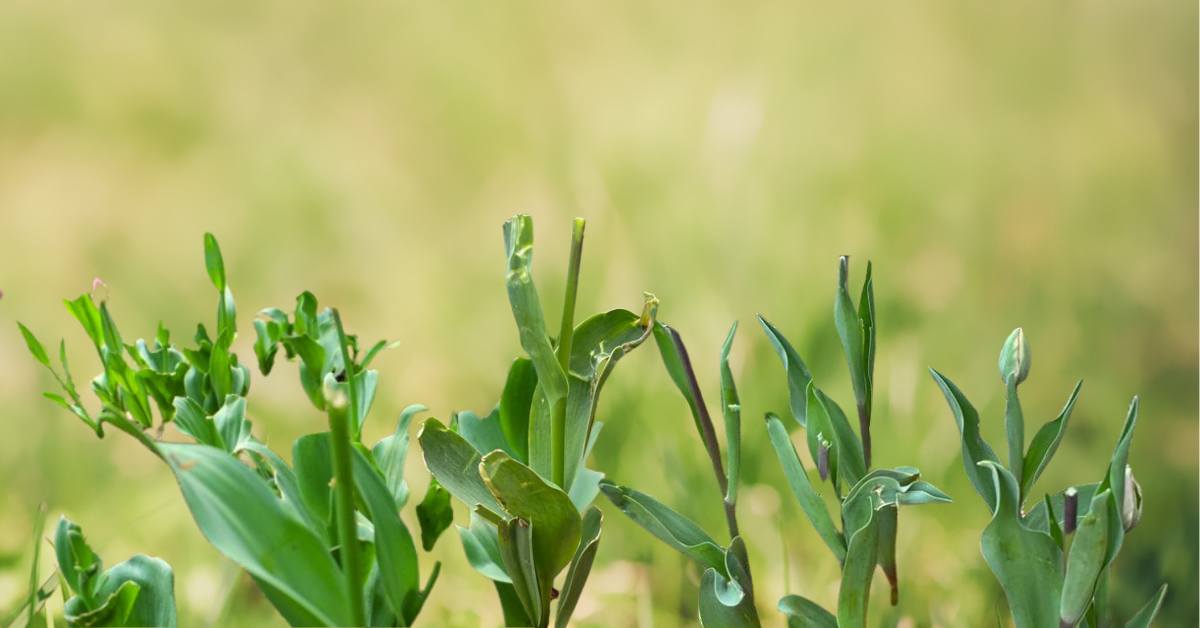Have you ever been annoyed by those pesky burrs that stick to your clothes, hair, or pets after a walk in the countryside? If so, you have encountered burdock, a notorious weed that can invade your garden, lawn, or forest.
Burdock is not only a nuisance but also a threat to native plants and wildlife. It can crowd out other species, reduce biodiversity, and alter the ecosystem. But don’t despair; there is hope!
In this article, you will learn how to identify, control, and replace burdock with beautiful and beneficial native plants. You will also discover some surprising facts about this plant, such as its medicinal and culinary uses and its role in the invention of Velcro. So read on and get ready to say goodbye to Burdock for good!
What is Burdock?
The common burdock is a plant that belongs to the aster family and thrives on disturbed ground. It is most commonly seen growing in rural areas, but it may also be found in urban waste areas and disturbed forests.
If you see this species in forests, it is a clear indication that the area has been overgrazed. This invasive plant can either be a biennial or a short-lived perennial. It generally bolts and flowers in the second year of its life, but if the growth circumstances are insufficient, it will just continue to exist for a few more years until it has the energy to blossom efficiently.
The sticky seeds of this plant were likely the source of inspiration for the creation of Velcro. Keep in mind how motivational they are the next time you find yourself rummaging among your socks to find them.
It is said that the roots contain therapeutic properties in addition to their culinary nature.
Why is it a problem?
Burdock is a problem for several reasons. First, it is an invasive plant that can outcompete native plants for space, light, water, and nutrients. This can reduce the diversity and health of native plant communities, which in turn can affect the animals that depend on them. Second, burdock can cause physical damage to crops, livestock, and wildlife.
Its large leaves can shade out crops and reduce their yield. Its spiny seeds can injure the skin, eyes, mouth, and digestive system of animals that come in contact with them. Its roots can penetrate deep into the soil and interfere with drainage and irrigation systems.
Third, burdock can be a nuisance to humans and their pets. Its seeds can stick to clothing, hair, fur, and equipment, making them difficult to remove. Its leaves and stems can cause skin irritation and allergic reactions. Its roots can be toxic if consumed in large quantities.
How to Identify Burdock
When observing burdock, one cannot overlook its prominent basal leaves, which can reach lengths exceeding 18 inches. Despite the absence of toothed edges, these leaves often exhibit a distinctive ruffled, wavy, or irregular shape.
Interestingly, when these leaves sustain damage, they emit an unpleasant odor and reveal a pale yellow underside. In terms of height, mature burdock plants typically have flower stalks that reach a maximum of six feet, although three feet is more common.
They produce an abundance of large leaves and clusters of flowers in varying shades of violet. The actual flowers themselves possess a shade that falls between pink and purple and is surrounded by the characteristic hooked spikes responsible for the formation of the round seed heads, which adhere to vertical surfaces.
Now let’s shift our attention to the great burdock, scientifically known as Arctium lappa. This invasive species can often be found growing in the Madison area. It distinguishes itself by its impressive stature, capable of reaching heights of up to 9 feet, towering above its common burdock counterpart.
Notably, the seed heads of the great burdock are significantly larger than those of the common burdock, measuring approximately 2 millimeters in diameter. In comparison, the common burdock’s seed heads are noticeably smaller.
It’s worth noting that the cocklebur (Xanthium strumarium) possesses seed pods similar to those of burdock but with a distinct football-like shape. Interestingly, the term “cocklebur” is commonly used to describe any seed capable of adhering to surfaces, highlighting its sticky nature.
Thus, the study of burdock and its related species offers a captivating glimpse into the botanical world. Understanding their unique characteristics allows us to appreciate the beauty and ecological significance of these plants, particularly when encountering them in the Madison area.
How to Get Rid of Burdock
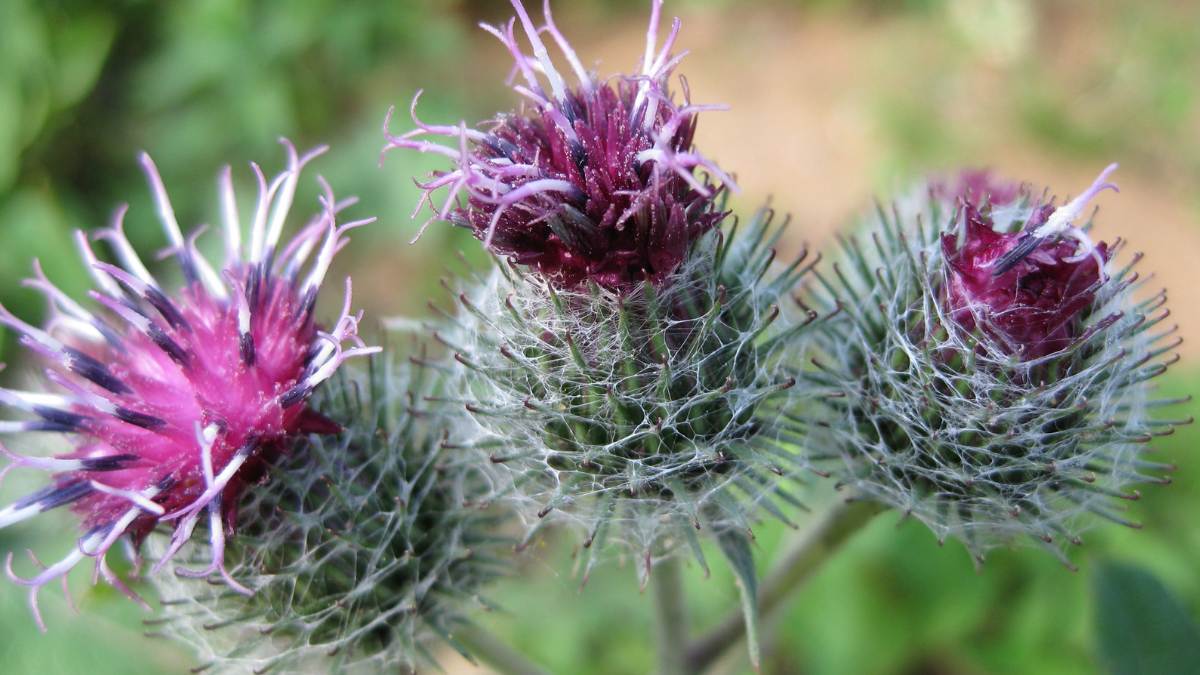
Burdock may be eliminated using organic methods by first severing the root just below the surface of the soil, followed by taking the plant out of the ground while removing a sizeable section of the tap root.
A shovel designed to dig up dandelions is the most successful method for removing immature burdock plants; however, other instruments designed to remove weeds from gardens and lawns are also useful. For larger people, you may try using a shovel that has been sharpened or a Parsnip Predator.
Cutting or mowing the weeds after the plants have bolted but before the blooms have fully opened is an additional way of successful weed management. To maintain proper control over the resprouting plants, you will need to do a second mowing.
To prevent the spread of new plants from those plants that have already produced seeds, the seed heads should be lopped off and removed from the area before further action is taken.
Chemical: A foliar spray of a 2% solution of glyphosate (RoundUp®, etc.) can be used to kill young burdock, and the plant’s broad leaves allow for good chemical absorption. Burdock is a member of the daisy family.
Do not spray an excessive amount of herbicide since this might cause it to drop onto surrounding plants. If the region contains native grasses, then a broadleaf-specific herbicide containing clopyralid, such as Transline®, applied at a rate of 0.5 ounces of active ingredient per gallon of water, is an efficient option.
Before using herbicides, one should always thoroughly study the product label and apply the chemical in accordance with the directions provided on the label.
How to Prevent Burdock from Spreading and Reappearing
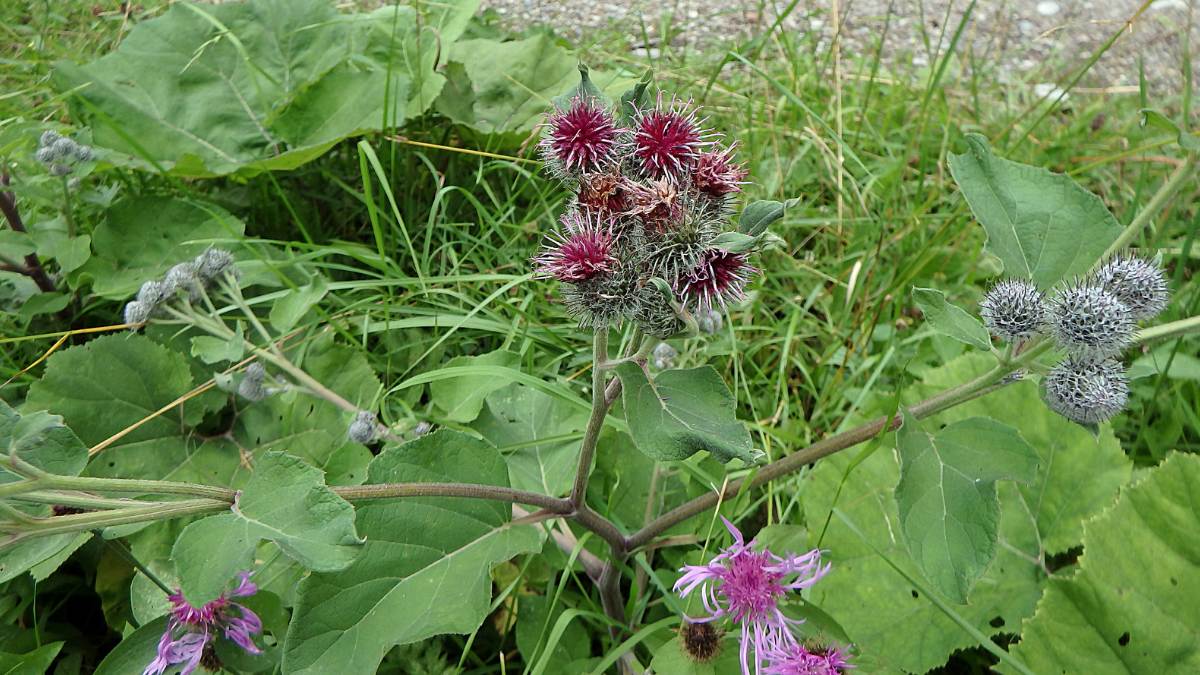
One of the best ways to prevent burdock from spreading and reappearing is to prevent its seeds from germinating and dispersing. Burdock seeds can remain viable in the soil for up to 10 years, so it is important to remove them before they mature and detach from the plant.
You can do this by cutting off the flower heads before they turn brown and dry or by pulling up the entire plant and disposing of it in a sealed bag or container. You can also prevent burdock seeds from dispersing by removing them from your clothes, hair, pets, and equipment after visiting an infested area.
Another way to prevent burdock from spreading and reappearing is to improve the conditions of your soil and plant cover. Burdock thrives in disturbed, bare, or compacted soil, so you can discourage it by adding organic matter, mulching, aerating, and watering your soil.
You can also plant native plants that can compete with burdock for resources and provide a habitat for beneficial insects and animals.
How to Replace Burdock with Native Plants that Support Wildlife
After removing burdock, it is important to plant a varied assortment of native plants using either seeds or plugs in order to stop the spread of any more weeds. Wild geranium (Geranium maculatum), wild columbine (Aquilegia canadensis), Jacob’s ladder (Polemonium reptans), Solomon’s seal (Polygonatum biflorum), Starry false solmon’s seal (Smilacina stellata), and Golden alaxanders (Zizia aurea) can be planted in shade or sun to replace burdock wherever it is found.
Some other examples of native plants that can replace burdock are:
- Wild bergamot: This plant has pink-purple flowers that attract bees, butterflies, and hummingbirds. It can grow in dry to moist soil and full sun to partial shade. It can also be used as a tea or a spice.
- Joe-pye weed: This plant has pink-purple flowers that attract butterflies, moths, and bees. It can grow in moist to wet soil and full sun to partial shade. It can also be used as a medicine or a dye.
- New England aster: This plant has purple-blue flowers that attract bees, butterflies, and birds. It can grow in dry to moist soil and full sun to partial shade. It can also be used as a cut flower or a medicine.
- Goldenrod: This plant has yellow flowers that attract bees, butterflies, and birds. It can grow in dry to moist soil and full sun to partial shade. It can also be used as a medicine or a dye.
How to Use Burdock for Food, Medicine, and Craft
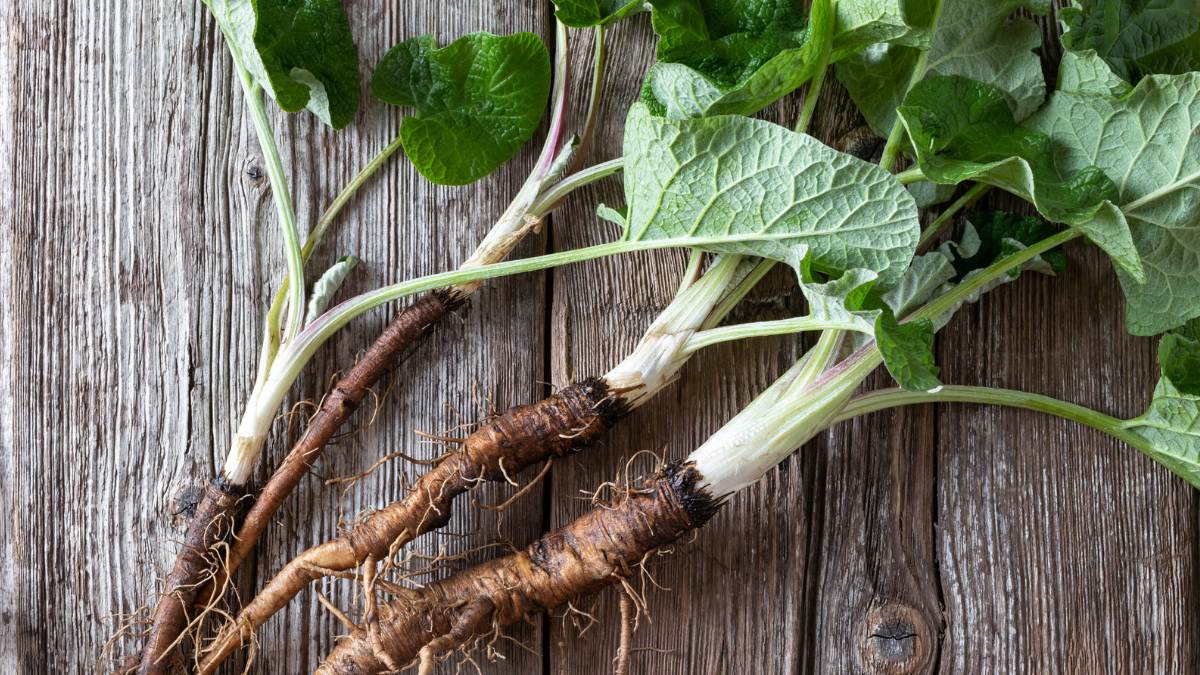
Despite its drawbacks, burdock also has some benefits. It can be used for food, medicine, and craft. For food, you can harvest and eat the young leaves, stems, and roots of burdock. They have a mild, earthy flavor and can be cooked like spinach, celery, or carrots.
You can also make tea from the dried roots or leaves, which can have a cleansing and diuretic effect. For medicine, you can use burdock to treat various skin conditions, such as acne, eczema, psoriasis, and boils.
You can apply a poultice of fresh or dried leaves or roots to the affected area or take a tincture or capsule of burdock extract. Burdock is also said to have anti-inflammatory, antibacterial, antifungal, and antioxidant properties.
For crafts, you can use burdock seeds to make jewelry, ornaments, or decorations. You can string them together with a needle and thread or glue them to a base. You can also dye them with natural or synthetic colors to create different patterns and designs.
Burdock root benefits
The Burdock root is a part of the burdock plant that can be used for food and medicine. It has a long history of use in traditional medicine, especially in Asia and Europe. Some of the benefits of burdock root are:
- It can help detoxify the body by stimulating the liver, kidneys, and lymphatic system. It can also help remove toxins from the blood and skin.
- It can help improve digestion by increasing bile production, stimulating appetite, and relieving constipation. It can also help prevent or treat infections in the digestive tract.
- It can help boost immunity by enhancing the activity of white blood cells and fighting inflammation. It can also help prevent or treat colds, flu, and sore throat.
- It can help improve skin health by reducing acne, eczema, psoriasis, and boils. It can also help heal wounds, burns, and ulcers.
- It can help regulate blood sugar levels by lowering glucose absorption and increasing insulin sensitivity. It can also help prevent or treat diabetes and metabolic syndrome.
- It can help balance hormones by modulating estrogen and testosterone levels. It can also help improve fertility, menstrual problems, and menopause symptoms.
How to make burdock root tea?
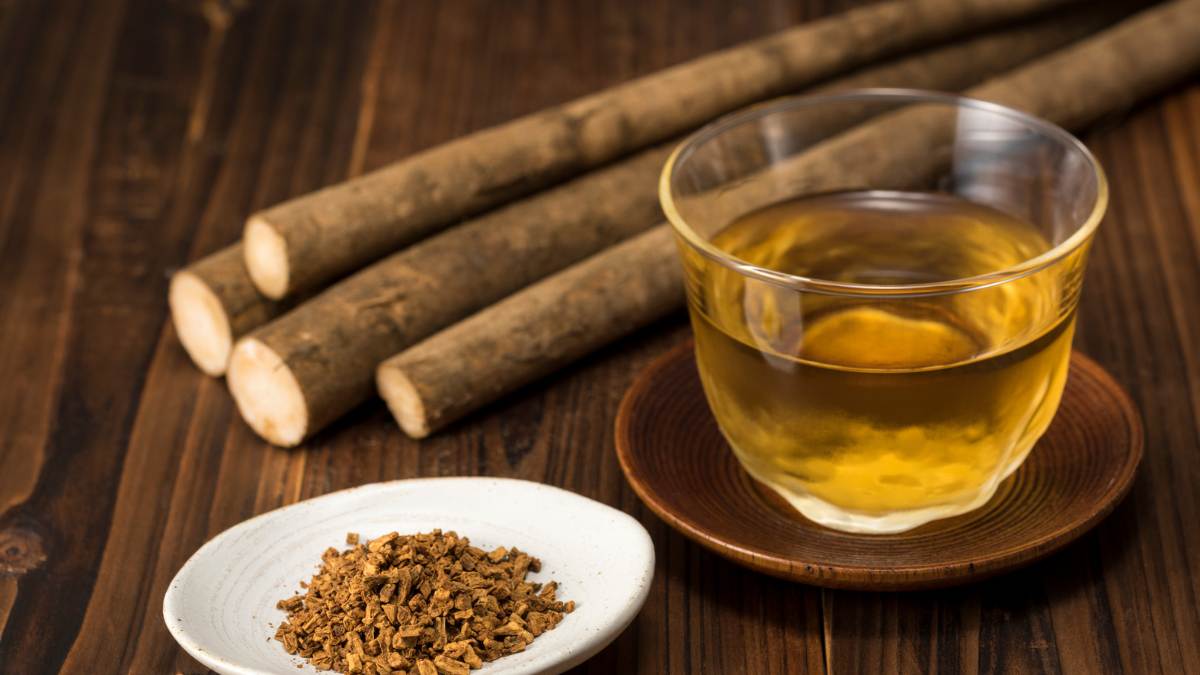
Burdock root tea is a simple and delicious way to enjoy the benefits of burdock root. To make burdock root tea, you will need the ingredients:
- Fresh or dried burdock root
- Water
- A pot
- A strainer
- A cup
- Optional: honey, lemon, ginger, or other herbs or spices
Instructions:
- Wash and chop the fresh burdock root, or measure the dried burdock root. You will need about one tablespoon of fresh or dried burdock root per cup of water.
- Bring the water to a boil in a pot, then add the burdock root. Reduce the heat and simmer for about 15 to 20 minutes or until the water turns brown.
- Strain the tea into a cup and discard the burdock root. You can add honey, lemon, ginger, or other herbs or spices to enhance the flavor and health benefits of the tea.
- Enjoy your burdock root tea hot or cold. You can drink it up to three times a day.
Conclusion
Burdock is a common weed that can cause many problems for native plants, animals, and humans. It can invade your garden, lawn, or forest and damage your crops, livestock, and wildlife. It can also be a nuisance to your clothes, hair, pets, and equipment.
However, you can control and prevent burdock with organic and chemical methods and replace it with native plants that support wildlife. You can also use burdock for food, medicine, and craft and appreciate its benefits.
Burdock is not all bad, but it is better to keep it in check and enjoy it in moderation. So don’t let burdock take over your land; take action today and make your environment healthier and happier!
FAQ
How can I tell the difference between burdock and other plants that have similar seeds?
Burdock seeds are round, brown, and covered with hooked spikes that can attach to surfaces. Other plants that have similar seeds are cocklebur, which has oval, green, and spiny seeds, and stickseed, which has flat, black, and hairy seeds. You can also look at the leaves, flowers, and stems of the plants to identify them.
Is burdock harmful to humans or pets if ingested?
Burdock is generally safe to eat in small amounts as long as you harvest the young and tender parts of the plant and cook them well. However, some people may be allergic or sensitive to burdock and experience skin rashes, stomach upset, or breathing difficulties.
Burdock roots can also contain high levels of inulin, which can cause gas and bloating. Burdock seeds can be harmful to humans or pets if they get stuck in the eyes, mouth, throat, or digestive system. They can cause irritation, infection, or obstruction. If you or your pet ingest burdock seeds, you should seek medical or veterinary attention.
How can I dispose of burdock plants or seeds safely?
You should not compost or burn burdock plants or seeds, as this can spread them further or cause air pollution. You should also not dump them in natural areas or waterways, as this can harm the environment. The best way to dispose of burdock plants or seeds is to bag them in a sealed plastic bag or container and throw them in the trash. You can also bury them deep in the ground or soak them in water until they rot.
